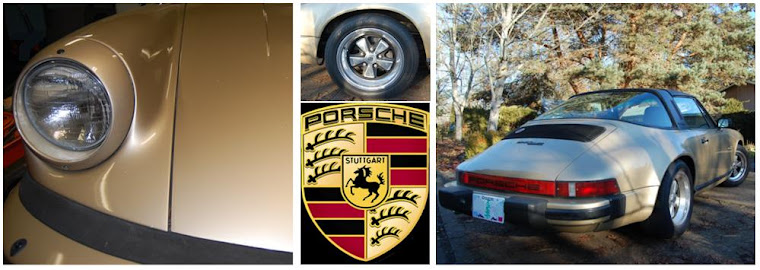Draft Version, Untested, Subject to Change
The controller switches the battery voltage on and off very quickly. The motor effectively sees a fraction of the pack voltage, depending on the ratio of how long the controller is on vs off. This duty cycle is set depending on the sensed position of the accelerator pedal.
 The controller powers on and off with the signal from the ignition switch. Turn the key and you might hear a relay click, but otherwise the silence will make it difficult to know that the controller is on and ready to go. The accelerator pedal is connected to a potentiometer, which varies in resistance when the pedal is moved. This signal is used by the controller to vary the speed of the motor. The controller uses the brake pedal and reverse switch input to reduce or cut power to the motor. The tachometer was originally driven by the ignition system. A new sensor is required to measure the motor speed. The controller uses this information to limit the motor RPM. The controller can be configured to output the correct waveform for driving the stock tachometer in the dashboard.
The controller powers on and off with the signal from the ignition switch. Turn the key and you might hear a relay click, but otherwise the silence will make it difficult to know that the controller is on and ready to go. The accelerator pedal is connected to a potentiometer, which varies in resistance when the pedal is moved. This signal is used by the controller to vary the speed of the motor. The controller uses the brake pedal and reverse switch input to reduce or cut power to the motor. The tachometer was originally driven by the ignition system. A new sensor is required to measure the motor speed. The controller uses this information to limit the motor RPM. The controller can be configured to output the correct waveform for driving the stock tachometer in the dashboard.
The charger regulates the current to the batteries. The job of the battery management system (BMS) is to monitor each cell and make sure the voltage stays within a specified range. Going outside the range results in reduced cell lifetime. The BMS will shut the charger down if problems are detected. The purpose of the interlock relay is to prevent the controller from being able to start up and drive away while the car is plugged into the wall.



